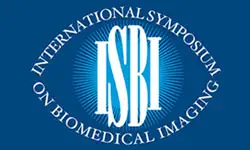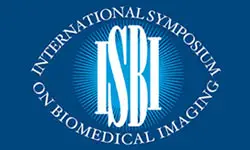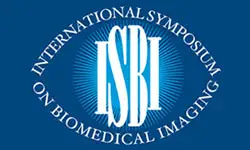Graph-In-Graph Convolutional Networks For Brain Disease Diagnosis
Haiyu Zhou, Daoqiang Zhang
-
Members: FreeSPS
IEEE Members: $11.00
Non-members: $15.00Length: 00:06:20
21 Sep 2021
So far, in the study of neurological brain disorder diagnosis, there are mainly two kinds of work that exploits graph via Graph Convolutional Networks (GCN). Though they have achieved remarkable success, neither of them is able to simultaneously account for the brain region level correlation and subject level correlation. To tackle this issue, we design a Graph-In-Graph Convolutional Networks(GIGCN) framework, which turns out to inherit the merits of the two kinds of existing work. Specifically, we propose a graph-in-graph data structure that consists of two types of graph, namely internal brain connective graph and external population graph. In this data structure, an internal graph is assigned to each subject whose nodes represent brain regions and edges incorporate associations between brain regions, while the external graph is a population graph generated from the demographic of all subjects where edges describe the similarity between subjects. After that, our proposed framework employs GCN to explore some deeper relationships for better disease prediction. Results on the ABIDE dataset validate the effectiveness of our proposed method.



